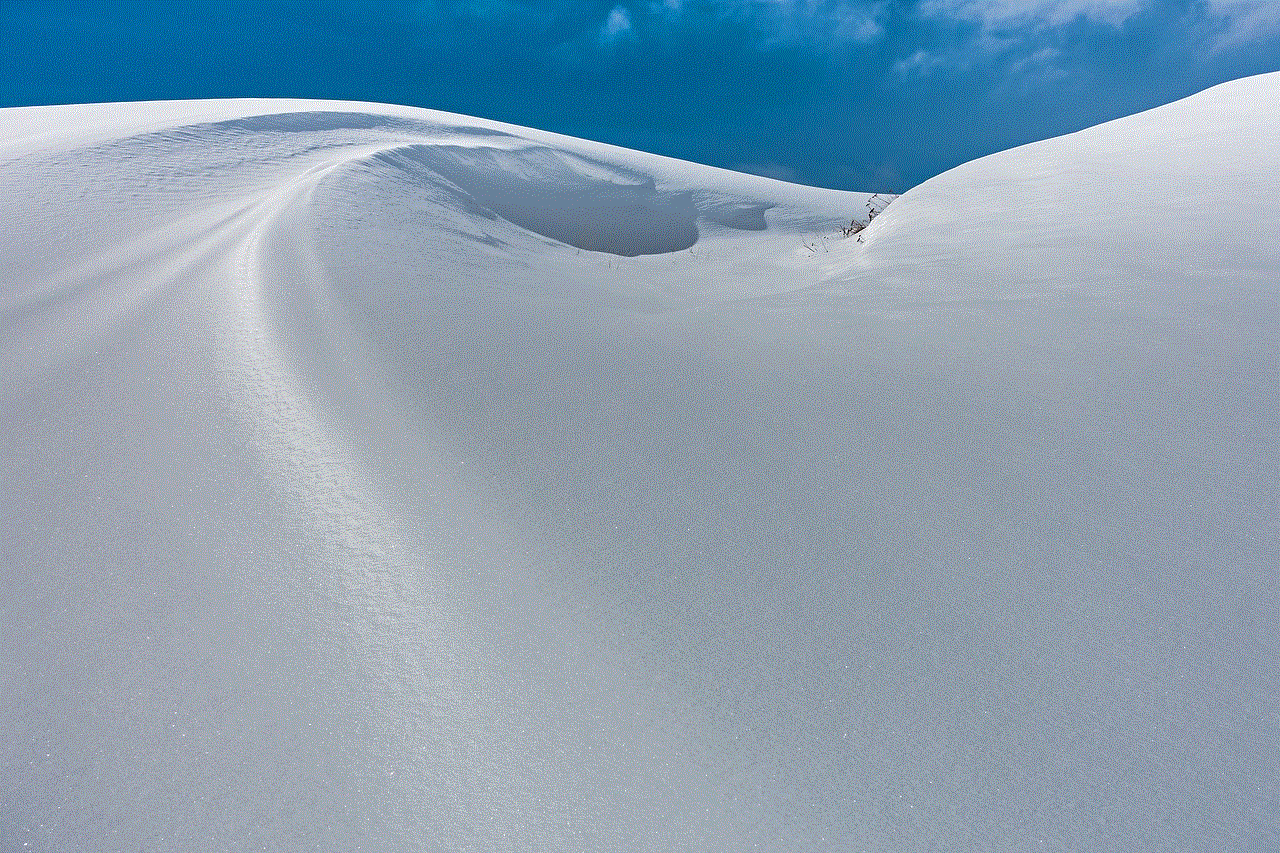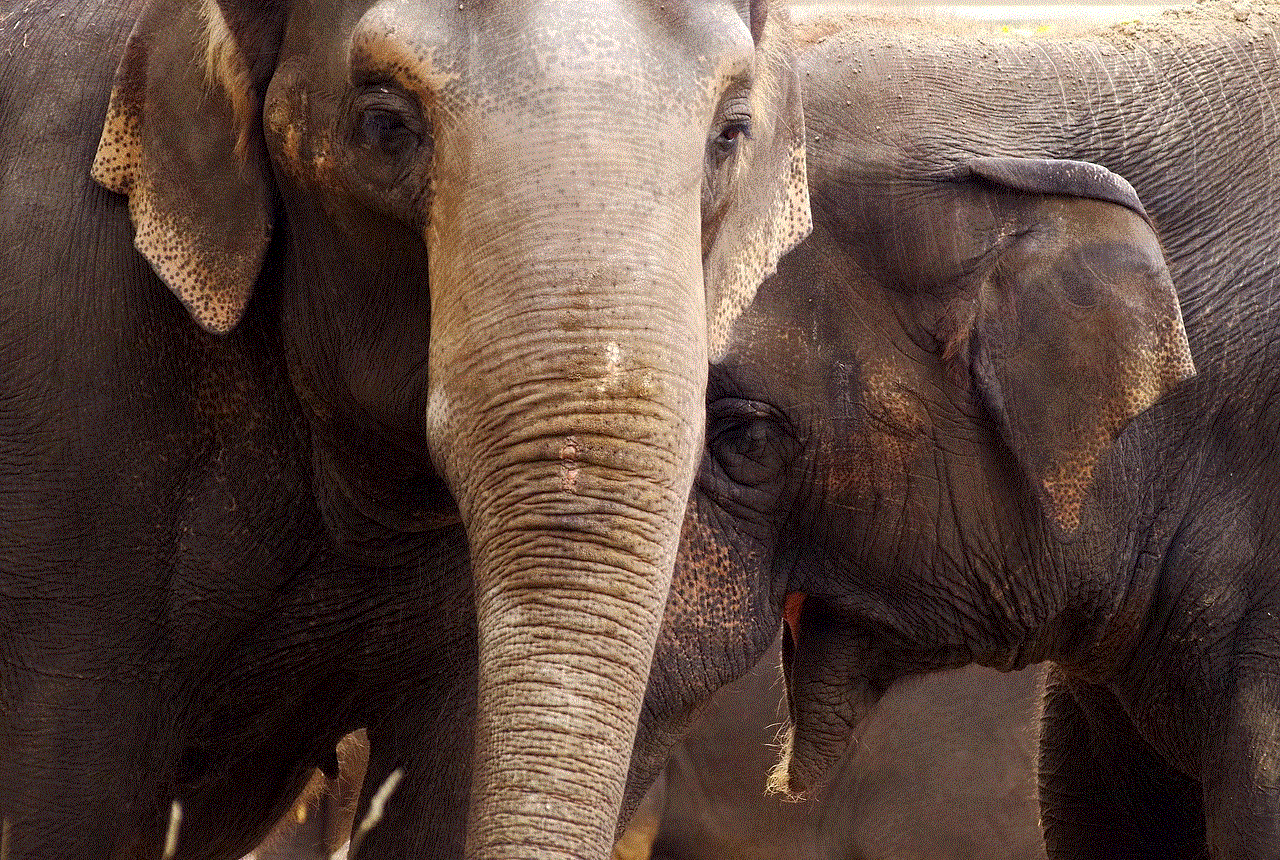how to block inappropriate content
In today’s digital age, the internet has become an integral part of our daily lives. It has made information and communication more accessible and convenient. However, with its wide reach, the internet also brings forth a multitude of inappropriate content that can have a negative impact, especially on children and teenagers. As parents, educators, and responsible citizens, it is our responsibility to protect ourselves and our loved ones from such content. In this article, we will discuss how to block inappropriate content and create a safer online environment for everyone.
What is Inappropriate Content?
Before we dive into the methods of blocking inappropriate content, let’s first understand what it means. Inappropriate content refers to any material that is considered offensive, harmful, or disturbing to a particular individual or group. This can include explicit images, videos, hate speech, violence, and other forms of content that can be detrimental to one’s mental and emotional well-being.
The internet is a vast and unregulated space, making it challenging to control the flow of inappropriate content. However, with the right tools and strategies, we can minimize its impact and protect ourselves and our loved ones.
Parental Controls
One of the most effective ways to block inappropriate content is by using parental controls. Most internet service providers and devices have built-in parental control settings that allow parents to restrict access to certain websites and content. These controls can be customized based on the age and maturity of the child. For younger children, parents can opt for strict controls that block all explicit content, while for older children, they can set more relaxed restrictions.
In addition to this, there are also third-party parental control software and apps available in the market that provide more advanced blocking features. These tools allow parents to monitor their child’s online activity, set time limits, and restrict access to specific websites and apps.
Safe Search Filters
Another way to block inappropriate content is by enabling safe search filters on search engines. Most popular search engines like Google, Bing, and Yahoo have an option to enable safe search, which filters out explicit and inappropriate content from search results. This is a simple and effective way to ensure that your child does not come across any inappropriate content while browsing the internet.
However, it is essential to note that safe search filters are not 100% accurate, and some inappropriate content may still slip through. Therefore, it is crucial to use other methods in conjunction with safe search filters to ensure maximum protection.
Content Filtering Software
Content filtering software is another powerful tool that can be used to block inappropriate content. These software programs use advanced algorithms to analyze and block content based on specific keywords, phrases, and URLs. They can also be customized to block content based on categories such as violence, hate speech, nudity, and more.
One significant advantage of using content filtering software is that it can be installed on multiple devices, including computers, laptops, tablets, and smartphones. This allows for a comprehensive approach to blocking inappropriate content and ensures that the user is protected regardless of the device they are using.
Education and Open Communication
Apart from using technological tools, educating children about the dangers of inappropriate content and open communication are crucial in creating a safe online environment. It is essential to have an open and honest conversation with children about the risks of accessing questionable content and how it can affect their mental and emotional well-being.
Parents and educators should also teach children about responsible internet usage, such as not sharing personal information, not clicking on suspicious links, and reporting any inappropriate content they come across. By educating children and encouraging them to communicate openly, we can empower them to make better choices and protect themselves from inappropriate content.
Monitoring Online Activity
It is essential to monitor children’s online activity regularly to ensure they are not accessing inappropriate content or engaging in risky behavior. Parents can use various tools and methods to monitor their child’s internet activity, such as checking browsing history, using parental control software, and keeping devices in communal areas of the house.
It is crucial to strike a balance between monitoring and respecting a child’s privacy. Monitoring should be done in a way that does not feel invasive or restrictive, as this can lead to children finding ways to bypass restrictions and access inappropriate content.
Restricted Mode on Social Media



Social media platforms have become a common source of inappropriate content, especially for teenagers. To combat this, most social media platforms have a restricted mode option that users can enable to filter out explicit content. This feature is especially useful for younger users who are more susceptible to coming across inappropriate content on social media.
However, it is vital to note that restricted mode is not a foolproof method, and some inappropriate content may still be visible. Therefore, it is crucial to use other methods in conjunction with restricted mode to ensure maximum protection.
Cyber Safety Education in Schools
Schools also play a significant role in teaching children about cyber safety and protecting them from inappropriate content. Many schools now have cyber safety education programs that educate students about the dangers of accessing inappropriate content and how to stay safe online.
It is essential for schools to have policies in place to monitor and restrict access to inappropriate content on school computers and devices. They should also have a system in place to report any incidents of cyberbullying or inappropriate content.
Conclusion
Inappropriate content is a prevalent issue on the internet, and it is essential to take necessary measures to protect ourselves and our loved ones from it. By using a combination of methods such as parental controls, safe search filters, content filtering software, education, and open communication, we can create a safer online environment for everyone.
It is also essential to remember that no method is foolproof, and it is crucial to be vigilant and monitor online activity regularly. By working together as a community and taking proactive steps, we can block inappropriate content and make the internet a safer place for everyone.
who was the first to discover america
The discovery of America by European explorers is a well-known and celebrated event in history. However, the question of who was the first to discover America has been a topic of debate for centuries. While most people associate Christopher Columbus with the discovery of America, there is evidence to suggest that he was not the first. In this article, we will delve into the history of America’s discovery and explore the various theories and evidence surrounding this intriguing topic.
The commonly held belief is that Christopher Columbus, an Italian explorer, was the first to discover America in 1492. However, the truth is far more complex and interesting. The story of America’s discovery begins long before Columbus set sail for the New World. Some historians believe that the first people to discover America were the Native Americans who crossed the Bering Strait from Asia thousands of years ago. However, in this article, we will focus on the European explorers who are credited with discovering America.



The earliest documented evidence of European exploration of America dates back to the 10th century when Norse explorer Leif Erikson, also known as Leif the Lucky, landed on the shores of what is now Newfoundland, Canada. According to the Norse sagas, Leif Erikson set sail from Greenland and reached a land he called Vinland. This is believed to be the first European settlement in America. However, the Norse settlement was short-lived, and there is little evidence to suggest that they had any lasting impact on the discovery and exploration of America.
Fast forward to the 15th century, when European countries were competing for trade routes and land in Asia. It was during this time that Christopher Columbus, with the support of the Spanish monarchy, set out on his famous voyage to find a new route to Asia. On October 12, 1492, Columbus and his crew landed on an island in the Bahamas, which he named San Salvador. He believed that he had reached the East Indies, but in reality, he had discovered the Caribbean islands and the American continent.
Columbus’s voyage was significant as it marked the beginning of European colonization and exploitation of the New World. He made a total of four voyages to the Americas, but it was his initial voyage that is considered the most significant. Columbus’s discovery opened the floodgates for other European explorers to follow and claim land in the New World.
However, Columbus was not the only explorer who set his sights on America. Around the same time, Portuguese explorer, Vasco da Gama, was also looking for a new route to Asia. In 1497, he set sail from Portugal and reached the southern tip of Africa, which he named the Cape of Good Hope. He then continued his journey east and reached India, opening up a new trade route for the Portuguese. Da Gama’s voyage was significant in its own right, but it had no direct impact on the discovery of America.
In 1499, the Italian explorer, Amerigo Vespucci, embarked on a voyage to the New World. He is credited with being the first to realize that the land discovered by Columbus was not part of Asia, but a completely new continent. This realization led to the naming of the continent after him, as America. However, Vespucci’s claims have been met with skepticism by some historians, who believe that he exaggerated his role in the discovery of America.
While Columbus, da Gama, and Vespucci are the most well-known explorers associated with the discovery of America, there were others who played a significant role in the exploration and mapping of the New World. Spanish conquistador, Hernán Cortés, is known for his conquest of the Aztec Empire in Mexico in 1519. This led to the colonization of Mexico and the spread of Spanish influence in the New World.
In 1534, French explorer Jacques Cartier set sail to find a northwest passage to Asia, but instead, he discovered the St. Lawrence River and explored the eastern coast of Canada. His voyages paved the way for French settlement and colonization in Canada. In 1584, English explorer, Sir Walter Raleigh, led an expedition to the coast of North Carolina and established the first English colony in the New World. These are just a few examples of the many explorers who played a role in the discovery and exploration of America.
As we can see, there were numerous European explorers who set foot on American soil, and each one contributed in their own way to the discovery and colonization of the New World. However, the question of who was the first to discover America still remains unanswered. Some historians argue that the Norse explorer, Leif Erikson, should be credited with the discovery, while others believe it was Christopher Columbus. There are even some who argue that the Native Americans should be recognized as the first to discover America.
The debate surrounding the discovery of America is further complicated by the fact that there is no clear definition of what constitutes a “discovery.” If we consider the first sighting of land, then Columbus would be the first. However, if we take into account the first European settlement, then it would be Leif Erikson. If we consider the first person to realize that the land was a new continent, then it would be Amerigo Vespucci. Ultimately, it comes down to how we define “discovery.”
Apart from the European explorers, there is evidence to suggest that other civilizations may have discovered America before Columbus. The Chinese, for example, had developed sophisticated navigational skills and had the technology to make long voyages. Some historians propose that Chinese sailors reached America and traded with the Native Americans long before Columbus’s voyage. However, there is no concrete evidence to support this theory.
Another theory suggests that the Polynesians, who were skilled navigators, may have reached America and established settlements in South America. This theory is supported by the discovery of sweet potatoes, a crop native to South America, in Polynesian islands. However, the extent of their exploration and settlement in America is still a topic of debate.



In conclusion, while Christopher Columbus is widely celebrated as the first to discover America, the reality is that the discovery of the New World was a cumulative effort by numerous explorers. Each one played a significant role in opening up the New World to European colonization and exploitation. The question of who was the first to discover America may never have a definitive answer, but what is certain is that the discovery of America changed the course of history and shaped the world as we know it today.
